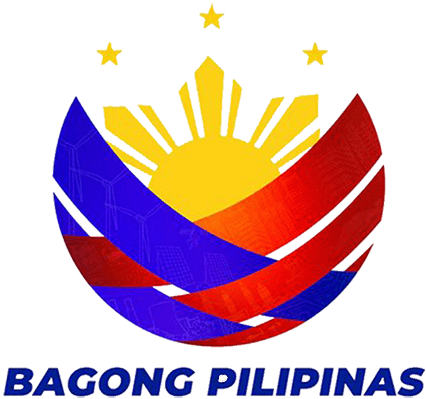NEWS AND UPDATES
Balik Scientist Program: Scientists give checklists for creating effective research poster presentations
When preparing a poster presentation, how does a researcher ensure success in grabbing the attention of the audience and selling his/her ideas? At a training session for researchers, two noted scientists shared how it is done.
According to Dr. Jonel Saludes and Dr. Doralyn Dalisay, awardees of the Balik Scientist Program (BSP) of the Philippine Council for Health Research and Development (PCHRD), posters are widely used in the academic community and conferences to publicize research results and to generate further discussions.
Dr. Saludes stated that researchers can make their posters look good by ensuring that important information is readable from a distance of about five feet. In order to do this, researchers must make their titles short and clear, keep word counts between 300 to 800, use bullets and numbering, make layouts consistent, and use appropriate graphics, colors and fonts. Acknowledgements and names and affiliations of the researchers must also be included, Dr. Saludes added.
There are also points to consider in developing an effective poster, Dr. Saludes stressed. In preparing the poster, the presenters should consider their audience and the appropriate technique in effectively communicating to such an audience.
Remember that simple is better, Dr. Saludes noted. In developing the poster, presenters should keep the displays self-explanatory, make text brief, and eliminate unnecessary details. They should also pay attention to delivering the key idea that they want to sell to their audience.
Presenters should also remember to prioritize the most important information, use grids to keep items aligned, observe text hierarchy, limit boxes and lines, and group related items close to each other.
Dr. Dalisay, on her part, stressed the importance of choosing appropriate fonts. She advised using sans-serif fonts such as Arial for easy reading, combining upper and lower case letters, keeping backgrounds subtle, maintaining a color scheme, and avoiding bright saturated colors.
She added that presenters should give short titles to images, simplify charts and graphs, use bold lines in graphs for the data to be seen and understood from afar, and balance the location of images. Moreover, Dr. Dalisay emphasized the importance of citing the sources of images acquired online.
The “Training on Effective Oral and Poster Presentation” was feted by the MIMAROPA Health Research and Development Consortium and the Philippine Council for Health Research and Development (PCHRD). The BSP is an initiative which encourages highly-trained overseas Filipino scientists and technologists, experts, and professionals to return to the Philippines and share their expertise for the acceleration of the scientific, agro-industrial and economic development of the country.
The return of these two accomplished Filipino scientists to the DOST to impart some of their knowledge to upcoming researchers in the Philippine scientific community epitomizes the true spirit of the Balik Scientist Program. To learn more, visit bsp.dost.gov.ph.




